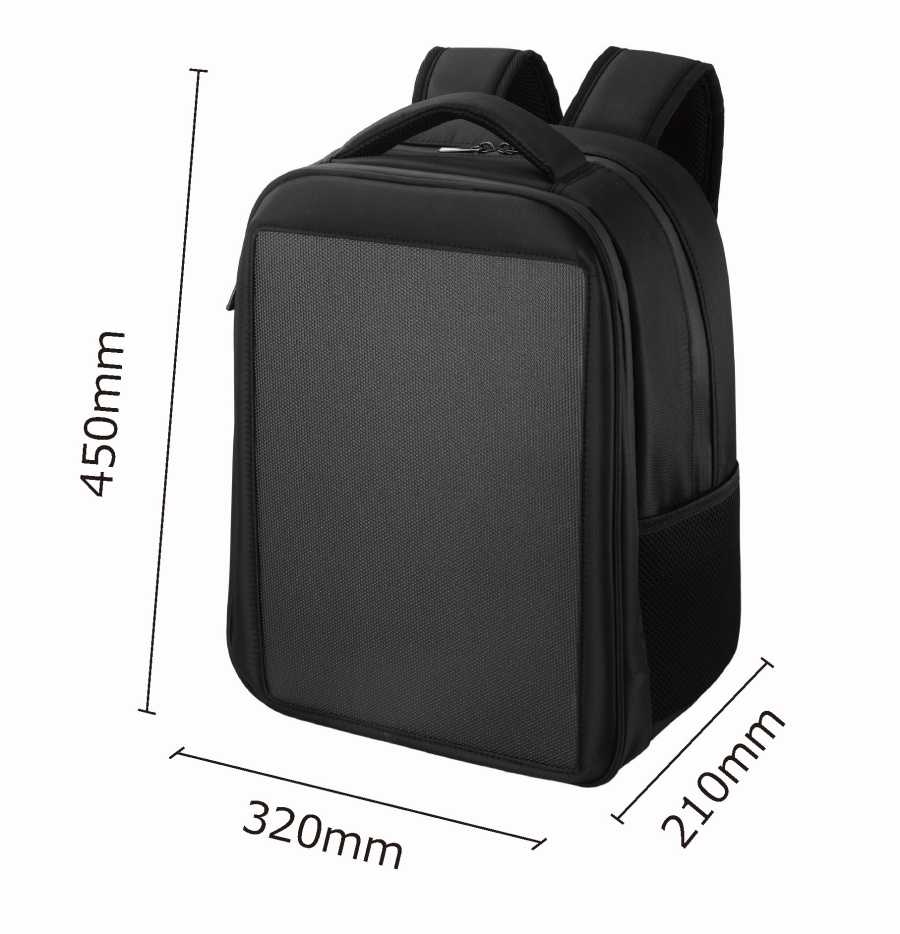Design Wholesale 50w Solar Blanket Manufacturing Exporter
The 50w solar blanket, a lightweight and portable solar panel, has become a popular choice for outdoor enthusiasts and adventurers seeking a reliable source of renewable energy. However, its performance in high-altitude regions, where conditions can be harsh and unpredictable, is a matter of concern for many. This article will explore the factors that affect the performance of 50w solar blankets in high-altitude areas and determine whether they are suitable for use in such environments.
The 50w solar blanket, like all solar panels, relies on sunlight to generate electricity. At high altitudes, the sun's rays are more direct and intense, which could theoretically enhance the performance of the solar blanket. However, several factors must be considered to determine the true effectiveness of a 50w solar blanket in high-altitude regions.
The thinner air at high altitudes allows for more direct sunlight to reach the 50w solar blanket, potentially increasing its efficiency. However, this advantage is often offset by the lower temperatures and shorter daylight hours experienced at higher elevations. The 50w solar blanket must be designed to withstand these conditions to maintain its performance.
Secondly, the durability of the 50w solar blanket is crucial for its use in high-altitude areas. The materials used in the construction of the solar blanket must be able to endure harsh weather conditions, including strong winds, snow, and ice. The 50w solar blanket should also be lightweight and easy to transport, as adventurers often need to carry their equipment over long distances.
Another important factor to consider is the angle at which the 50w solar blanket is positioned. In high-altitude regions, the sun's path across the sky is different from that at lower elevations. Therefore, the solar blanket must be adjustable to ensure that it is always facing the sun for energy generation.
The 50w solar blanket's ability to charge devices at high altitudes is also a significant consideration. Many electronic devices, such as smartphones and GPS units, are essential for navigation and communication during outdoor adventures. The solar blanket must be able to provide sufficient power to these devices, even in the challenging conditions of high-altitude environments.
Additionally, the 50w solar blanket should have a user-friendly interface that allows for easy connection and management of the power output. This is particularly important for those who may not be familiar with solar technology and need a straightforward way to harness the energy generated by the solar blanket.
The environmental impact of using a 50w solar blanket in high-altitude regions is also worth considering. Solar power is a clean and renewable energy source, making it an environmentally friendly option for powering camping equipment. The 50w solar blanket's low carbon footprint is an added benefit for those who are conscious of its ecological impact while exploring high-altitude areas.
In conclusion, the suitability of a 50w solar blanket for use in high-altitude regions depends on several factors, including its efficiency, durability, adjustability, and ability to charge essential devices. While the 50w solar blanket has the potential to provide a reliable source of renewable energy in these challenging environments, it is crucial to ensure that it is designed and constructed to withstand the unique conditions found at high altitudes. By considering these factors, adventurers can make an informed decision about whether the 50w solar blanket is the right choice for their high-altitude expeditions.



 English
English 中文简体
中文简体 Français
Français Español
Español Deutsch
Deutsch

















